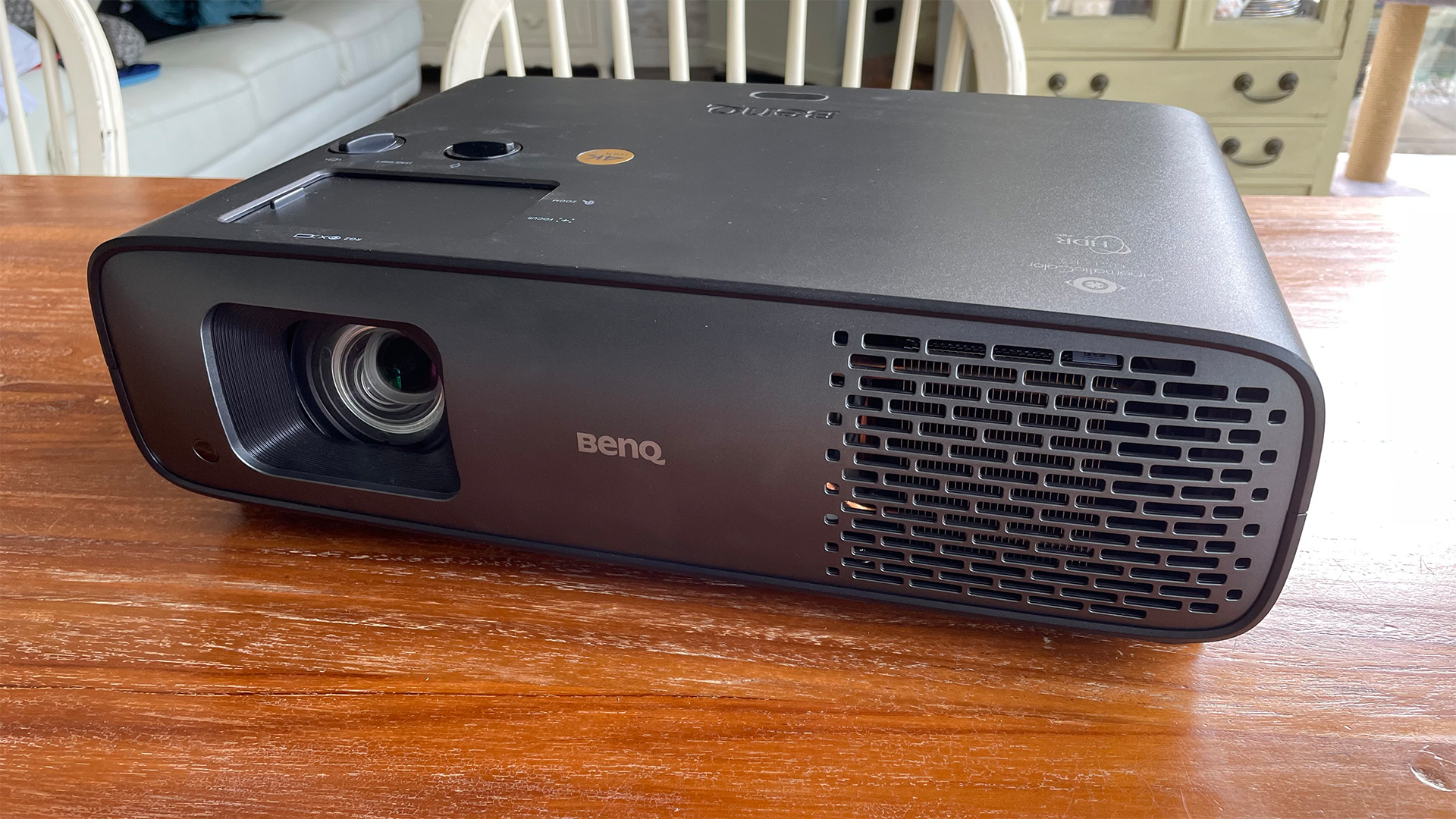
The BenQ W4000i is the most home theatre-focused model from a new three-strong projector range by the Taiwanese brand that also includes the more living room focused W2710i and the more home entertainment (rather than home cinema) based TK860i.
The W4000i is designed for use in a heavily darkened if not fully blacked out room, and while it’s easy enough to set up if you want to store it in a cupboard when you’re not using it, we’d recommend leaving it permanently installed in a dedicated movie/gaming room if possible.
The main home cinema selling points of its DLP projection engine are its 4K resolution, extreme 3200 lumens of light output from a long life four-LED lighting system, advanced light controls, and most eye-catchingly of all, claimed coverage of the full 100 per cent of the DCI-P3 digital colour spectrum used in the commercial movie theatre world.
Price
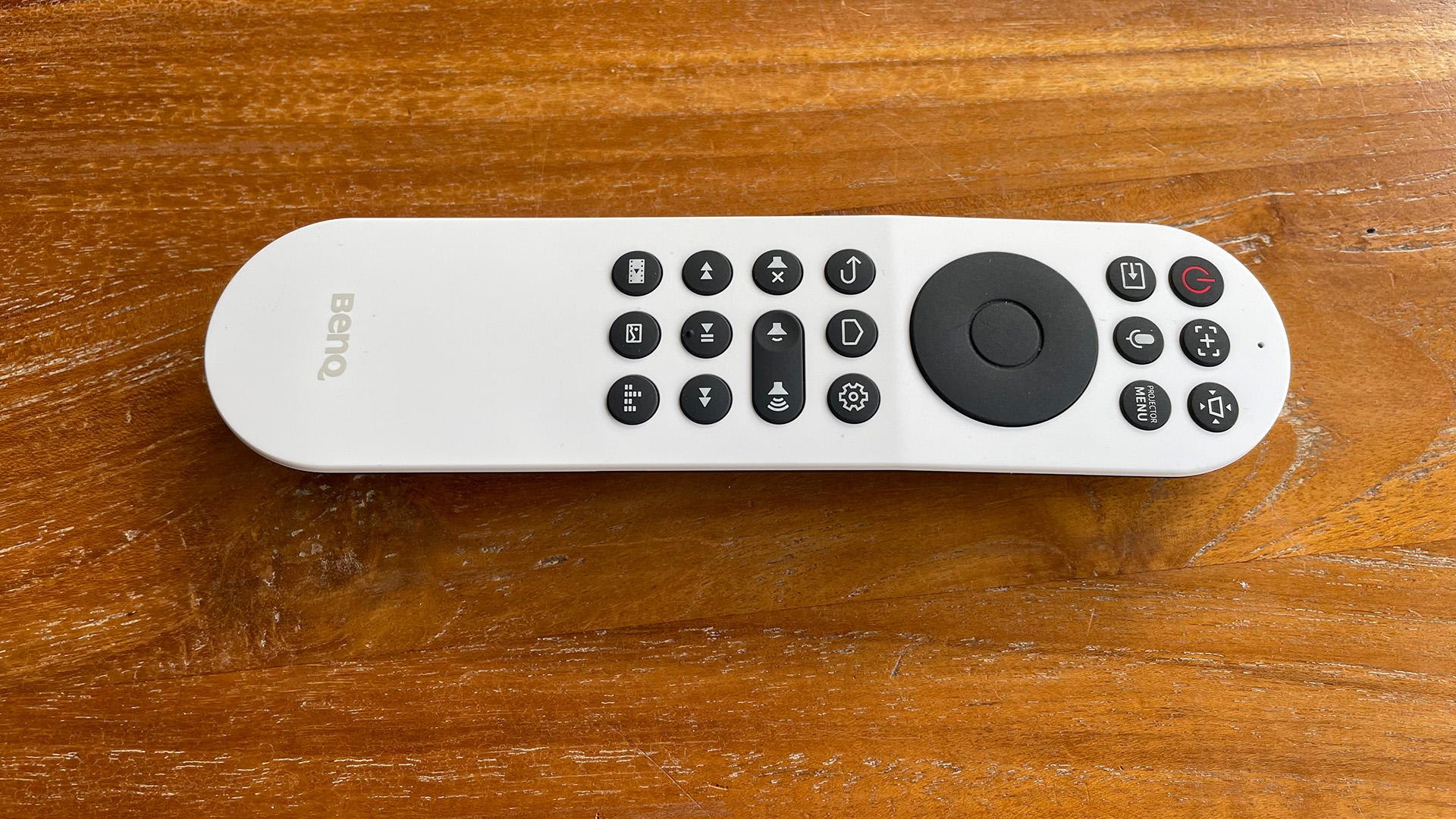
The BenQ W4000i’s £2999 / AU$4499 price makes it a fairly high-end model by BenQ standards – a status confirmed by BenQ targeting it at the relatively demanding home cinema enthusiast market rather than more casual users.
BenQ’s most recently announced new ‘living room’ projectors, the TK860i and W2710i, aren’t far off half the price of the W4000i. As we’ll see, though, the W4000i has both performance and longevity features that justify that price difference pretty well.
In the US, this model is called the HT4550i and is priced at $2999.
Design
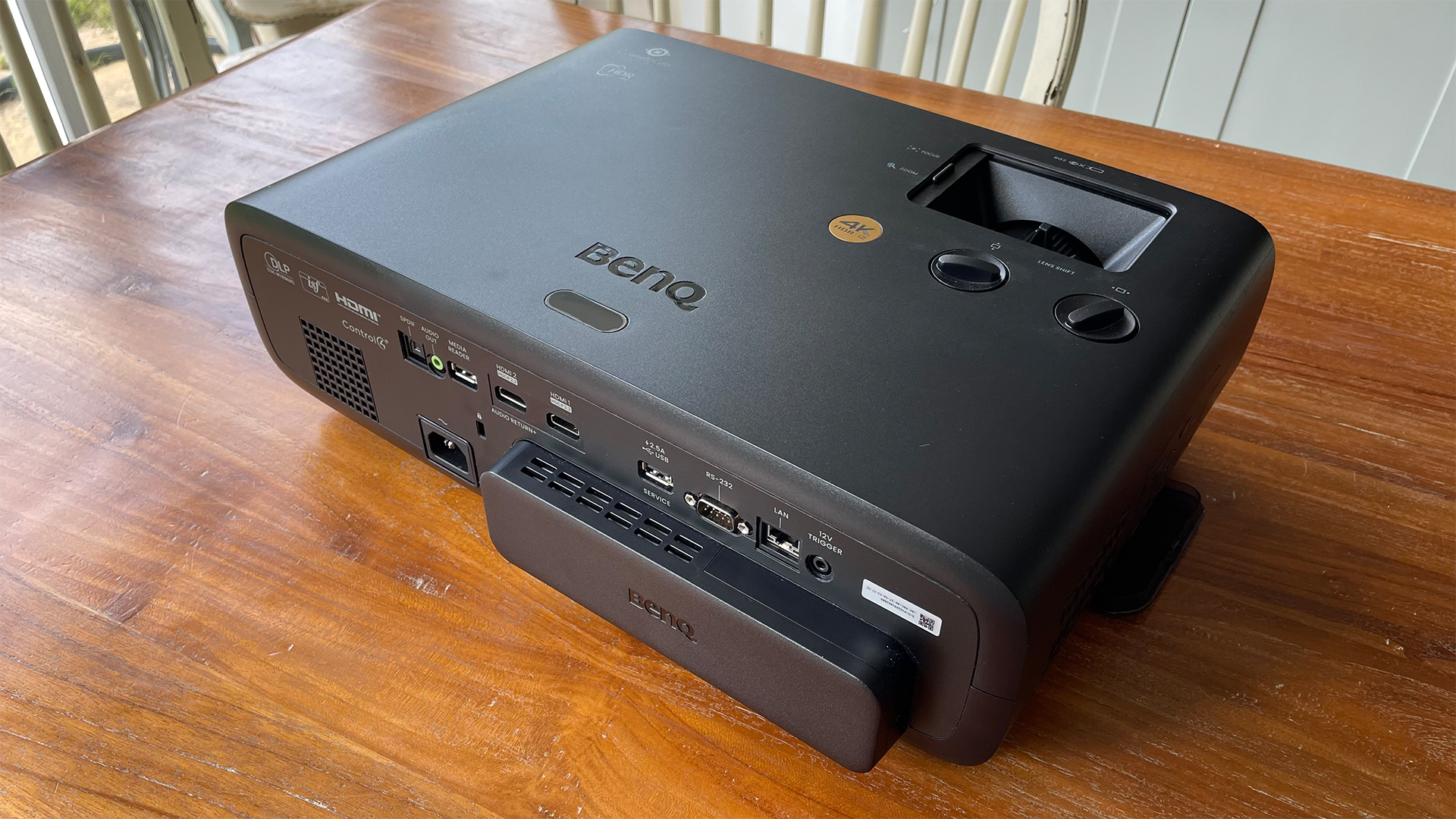
The W4000i treads the style line between ‘serious home cinema’ and ‘living room friendly’ very nicely. Its matte black finish helps it disappear into the sort of blacked out room it’s designed for, while the lens recessed into its front left side is large enough to raise hopes of more precise, geometrically correct and refined images than you might expect to get with cheaper home entertainment projectors.
Its rounded edges and smart cooling grille design also ensure it doesn’t uglify a living room, though, and although it’s bigger than BenQ’s W2710i and TK860i, it’s still small enough to fit comfortably on most coffee tables.
One unusual aspect of its design is the elongated square bulge that runs along a section of its rear. This turns out to be a detachable cover over a bay where you can insert a provided smart dongle that adds built-in wi-fi and video streaming features to the W4000i’s specification. We’ll cover this more in the next section.
Wrapping the design up is an attractive gloss-white remote control that boasts backlit buttons and a nice, spacious button layout. One or two aspects of the remote’s layout take some getting used to, but overall it’s a better handset than those you get with most projectors.
Features
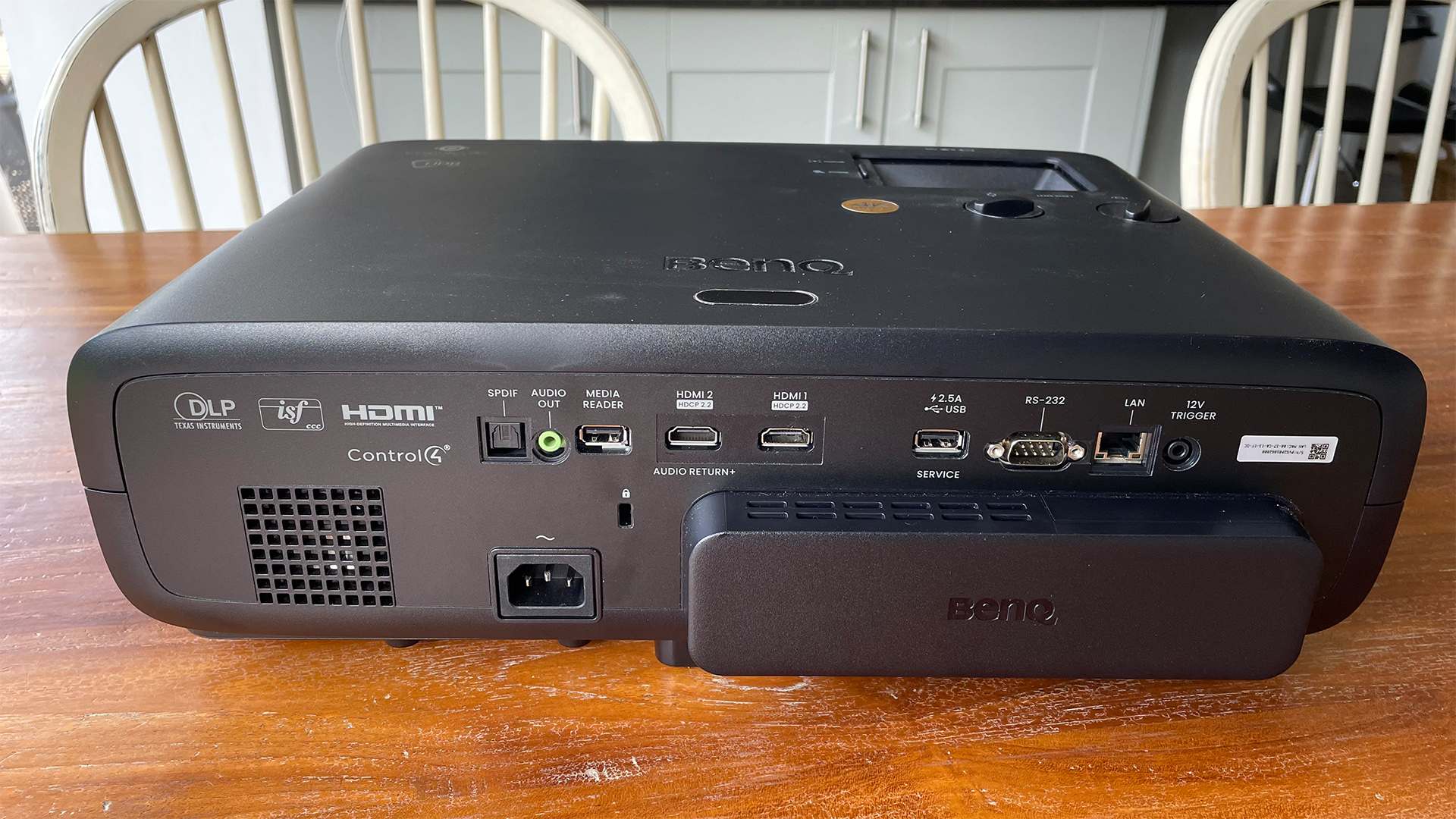
The BenQ W4000i is a single chip DLP type of projector, illuminated by a four-LED lighting system. This lighting system is significant because, unlike traditional projector lamps, LEDs don’t have to be replaced anywhere near as often as regular UHP lamps (those in the W4000i are rated for 20,000 hours), and don’t degrade as fast. So you’ll save money on replacement lamps, and spend less time watching diminished picture quality.
As we’d expect, the W4000i claims to be a 4K model. As with all home theatre DLP projectors, that doesn’t mean the W4000i actually carries 3840x2160 tiny digital mirror devices on the back of its controller chip. Instead it ‘flashes’ a lower mirror count multiple times per frame of a 4K source to create what appears to your eyes to be a 4K image.
Some will argue this means the W4000i isn’t truly a 4K projector, but the Consumer Technology Association in the US would disagree.
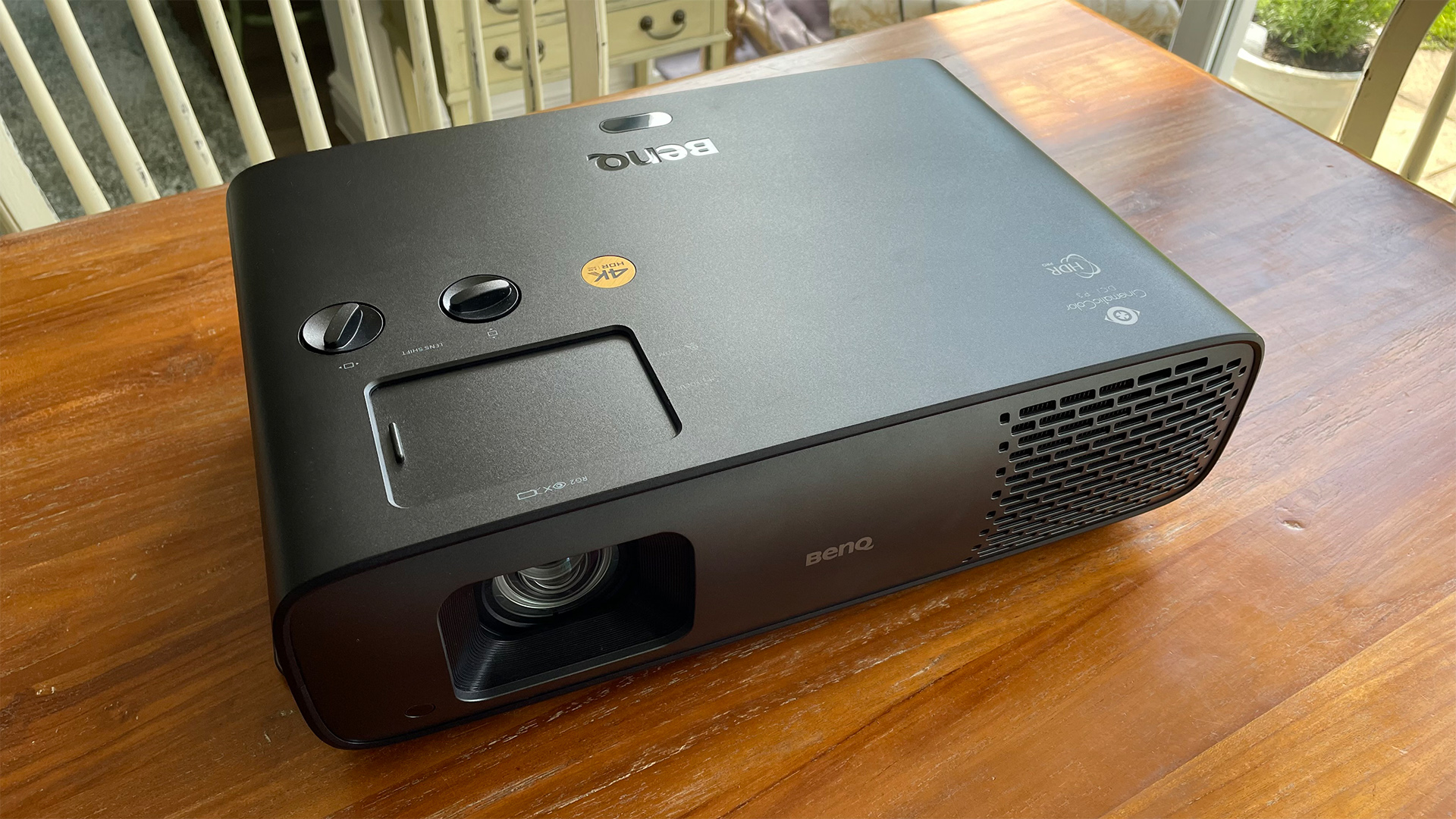
Bulb technology Four-LED
Projection technology DLP
Dimensions 14 x 45 x 31cm
Native resolution 3840 x 2160 via double flashing
Screen size Up to 200in with Clear Focus feature, 300-inch absolute maximum
Input lag 18.1ms
The W4000i supports high dynamic range (HDR) sources in the HDR10, HLG and, surprisingly, HDR10+ formats. The HDR10+ system, if you’re not familiar with it, adds extra scene by scene image data to the video stream to help compatible displays deliver more refined and accurate results.
Most HDR sources are also mastered with wide colour gamuts. So it’s exciting to find the W4000i joining the still limited ranks of projectors equipped with a wide colour filter. Called in by a dedicated Wide Colour option in its menus, this filter is claimed to expand the projector’s colour coverage to a claimed 100 per cent of the DCI-P3 colour gamut used in the digital cinema world. While it’s getting reasonably common now to find projectors covering 100 per cent of the Rec709 standard dynamic range format, full DCI-P3 coverage remains rare.
Colour filters inevitably lead to some dimming of the image – that’s why they’re always options rather than being left ‘permanently on’. The BenQ W4000i, though, has tried to counter this issue by providing the W4000i with a seriously high 3200 lumens of claimed peak brightness.
This much brightness can also help the W4000i punch through ambient light in a non blacked-out room, of course. However, given the projector’s self-professed focus on home cinephile audiences, we’d recommend thinking of the brightness as being more about enhancing both the W4000i’s HDR impact and wide colour filter performance in a fairly dark room setting.
To further enhance the W4000i’s HDR efforts, BenQ has equipped it with an HDR-Pro technology that combines hardware control of the four-LED light system, a dynamic iris, new Dynamic Black software and a Local Contrast Enhancer processor that breaks the image down into hundreds of separate analysis zones to help it more accurately optimise its light output for every image frame.
The W4000i benefits, too, from BenQ’s CinematicColour system, meaning it arrives in your home having already received an in-factory calibration. The tools are still provided to enable you to get a new full calibration done if you wish, though, along with a few image processing options that include a sharpness booster, a skin tone enhancer, and a 4K Motion Enhancer.
The W4000i’s connections are par for the projector course, with highlights being two HDMI ports (plus the separate bay for the smart ‘dongle’), a 12V trigger jack, an RS232C port for adding the projector to a wider home cinema control system, and a pair of USBs. One of these USBs can provide power for video dongles that need it, while the other supports multimedia playback. You can also play multimedia from Macs, Chromebooks, Chrome browsers, iOS devices and Android devices thanks to a Wireless Projection feature.
The W4000i actually has one HDMI port fewer than the cheaper W2710i, though – and also, in a disappointment for gamers, neither of its HDMIs support frame rates higher than 60Hz.
Finally, the smart dongle we keep mentioning (and which accounts for the ‘i’ at the end of the W4000i’s name) delivers an Android TV smart system, complete with voice control and nativised versions of most of the world’s main video streaming apps. Including many of the UK-specific catch up services. The only major absentee at the time of writing is ITVX, which appears in the menus but refuses to load.
Picture
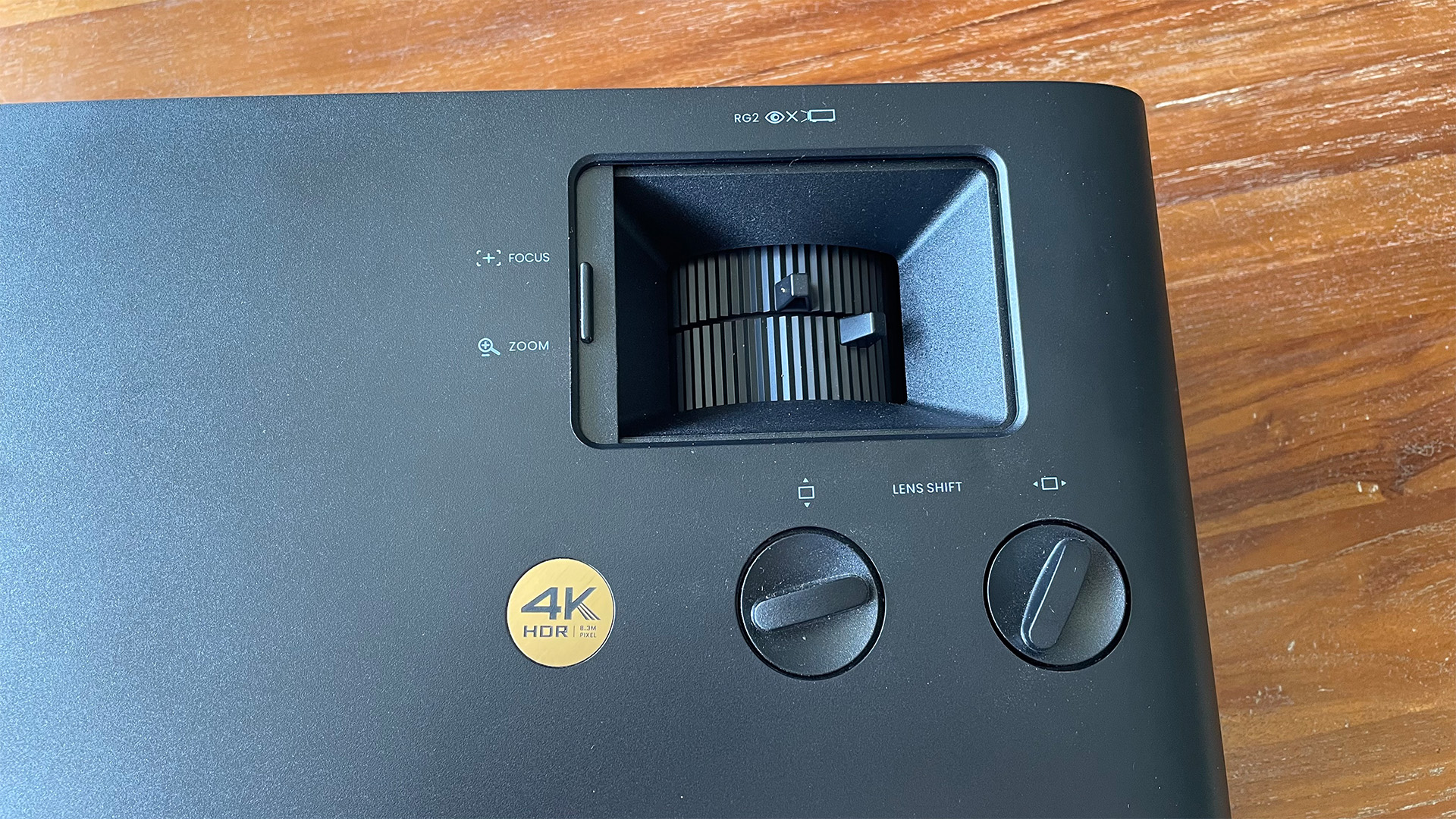
The W4000i set our pulse racing immediately with what are the most vibrant and sharp pictures we’ve seen from any projector at this level. Including the occasional models at this price that use laser lighting systems.
With the Wide Colour mode in action and a bright, colourful HDR image on the screen, the combination of the projector’s expanded colour range and exceptionally high brightness injects a level of life and three-dimensional realism into the picture that adds up to one of the most convincing HDR experiences we’ve had with any projector – even taking into account much more expensive models.
There’s nothing forced about either the extreme colour punch or surprisingly high (for a projector mode with a colour filter in play) brightness, either. On the contrary, the exceptional colour and brightness simply help to make the picture look more realistic.
Relatively pure blues, greens and especially reds benefit particularly greatly from the colour filter, but not in a way that leads to any specific tones standing out from the rest of the picture to an unnatural degree. Every hue ultimately benefits from the W4000i’s colour filter – and the colour tuning that’s been designed around it.
The W4000i’s unusually expressive colour volume joins with some phenomenal sharpness to deliver a fantastically expressive picture, too. Any lingering doubts you might have about whether the W4000i delivers a true 4K experience are quickly forgotten.
Native HD content looks dense, detailed and believable too, with no lag, excessive noise or other distracting reminders of its ‘upscaled’ nature.
If by some miracle you only find yourself watching HDR films that are really bright all the time, you can consider the W4000i an unmitigated five-star triumph. There’s no projector out there that handles such content better for this money. Unfortunately, though, things get a bit more complicated when what you’re watching turns to the dark side.
During dark scenes, especially with the colour filter in play, it’s immediately apparent that delivering the sort of brightness BenQ wanted to maintain with the W4000i’s colour filter in play has compromised black levels. Parts of the image that should look black or very dark instead look a fairly light grey, making them feel a little artificial and flat. Especially relative to the three-dimensional, immersive look of bright scenes.
The greyness can slightly discolour some tones during mostly dark scenes too, as well as leading some subtle shadow detailing to become lost in the general murk.
You can improve black levels a bit by changing the lamp output setting to Eco from its Normal default with HDR sources, but this also removes a pretty substantial chunk of the brightness that makes the W4000i so impressive with bright HDR scenes.
There is one other way to improve the W4000i’s black level (and contrast) performance – but it only becomes available if you first turn off the Wide Colour filter. With the filter off you can access an extra lamp control option called Smart Eco which, it turns out, automatically adjusts brightness to best suit the requirements of the image being shown at any given moment. This doesn’t make so much of a difference that black levels suddenly become really good, but aside from some rare and subtle moments of brightness instability, it certainly makes the picture look more balanced and, at least where contrast is concerned, cinematic. Except, of course, that the image’s colour is no longer as vibrant and expressive as it was with the Wide Colour filter in play.
In other words, the W4000i presents you with a frustrating conundrum where you have to pick between a setting that’s best for contrast and a setting that’s best for colour, and there’s no way we could find to get the best of both worlds at the same time.
The most consistently engaging and immersive images over the cumulative running time of a selection of movies was actually arguably achieved with the colour filter left off. Though, on the upside, this is partly because even without the Wide Colour filter in place the W4000i’s colours still look good for such a bright, sharp home cinema projector that’s now giving us more contrast.
Now that we’ve been talking about the W4000i’s picture set-up issues, we might as well discuss a couple of other problems with the projector, too. Starting with a little more obvious appearance than we’d like of the rainbow effect, where stripes of red, green and blue flit momentarily but quite aggressively over bright highlights within dark images.
The other issue is that the Filmmaker Mode the W4000i provides is weirdly poor, at least for HDR content, leaving dark HDR scenes looking so greyed-over that at times you can scarcely make out what’s going on. To be fair, BenQ only specifically recommends the W4000i’s Filmmaker Mode with SDR content, with which it is indeed more watchable. But we wouldn’t normally expect the Filmmaker Mode to be such a bust with HDR.
The W4000i deserves overall, though, to have us finish our assessment of its pictures on a high. So let’s do so by saying that even without 4K/120Hz support, it delivers a mostly excellent gaming experience. Its extreme brightness and colour potential together with its pristine sharpness and a good 18.1ms response time when running in its Fast Response mode help it get huge and responsive impact from the latest HDR games consoles and PCs.
Gaming also reminds us to mention that the projector handles motion well too, even without any help from its motion processing system, regardless of whether it’s playing a 24p film or 60Hz game.
The only time the W4000i’s gaming experience stumbles is, again, with areas set in very dark environments, where the limited black levels return to the equation.
Sound
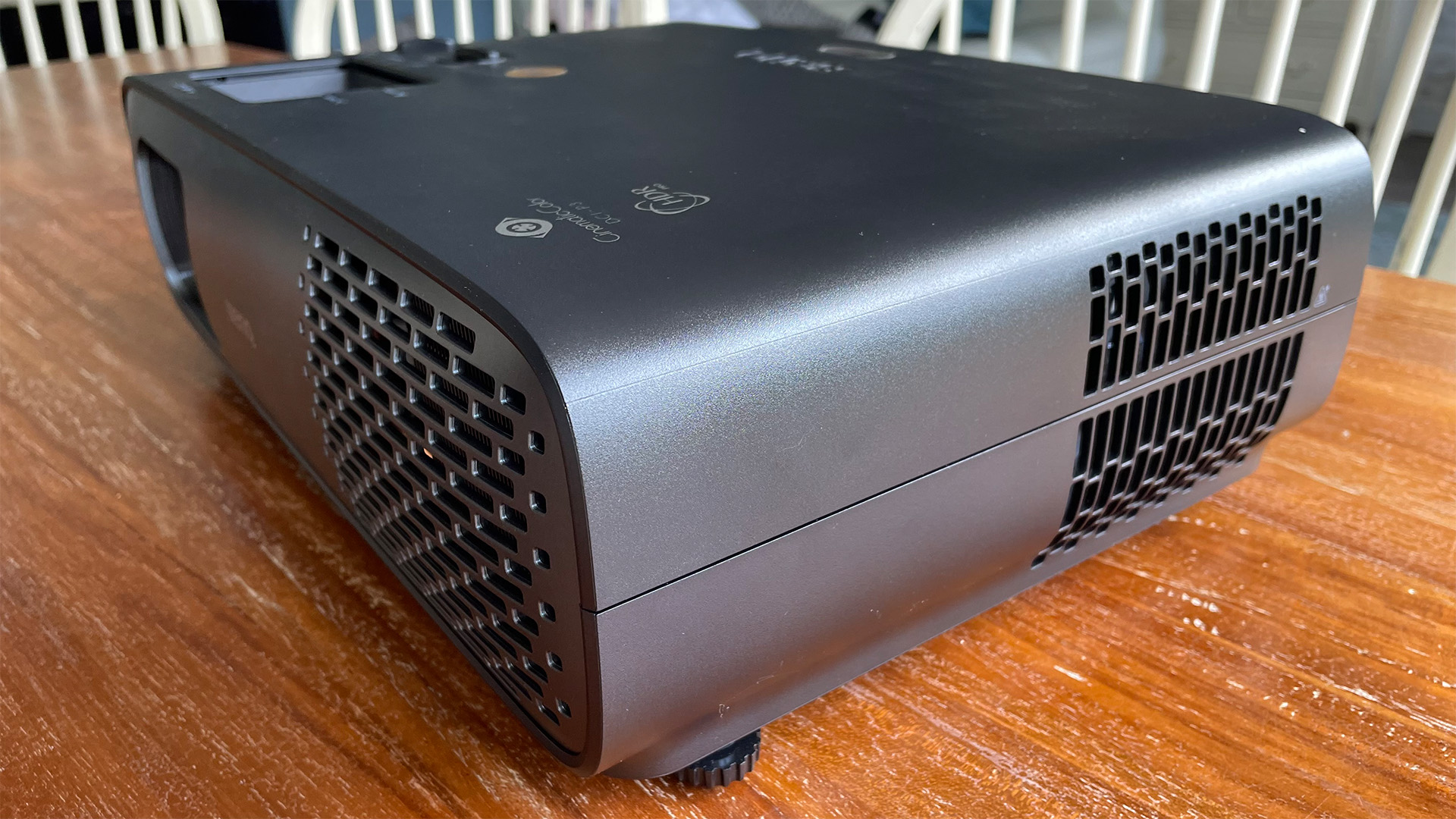
It’s by no means a given that a relatively serious home cinema projector like the BenQ W4000i will carry a built-in sound system. The W4000i boasts one built on a speaker design developed by BenQ’s Trevolo audio division.
It’s only a single 5W affair rather than the 2 x 5W system found in BenQ’s W2710i and TK860i models, but it manages to produce a decent dynamic range by projector sound standards without becoming harsh in the trebles or boxy in the bass. It can get loud enough to always be intelligible even in quite a large rooms, too, and comfortably drowns out the (mild) noise made by the projector’s cooling fans.
The sound doesn’t have enough power or projection, though, to escape from the W4000i’s bodywork to the same extent the W2710i’s sound does, meaning that its audio appears more dislocated from the onscreen action.
Verdict
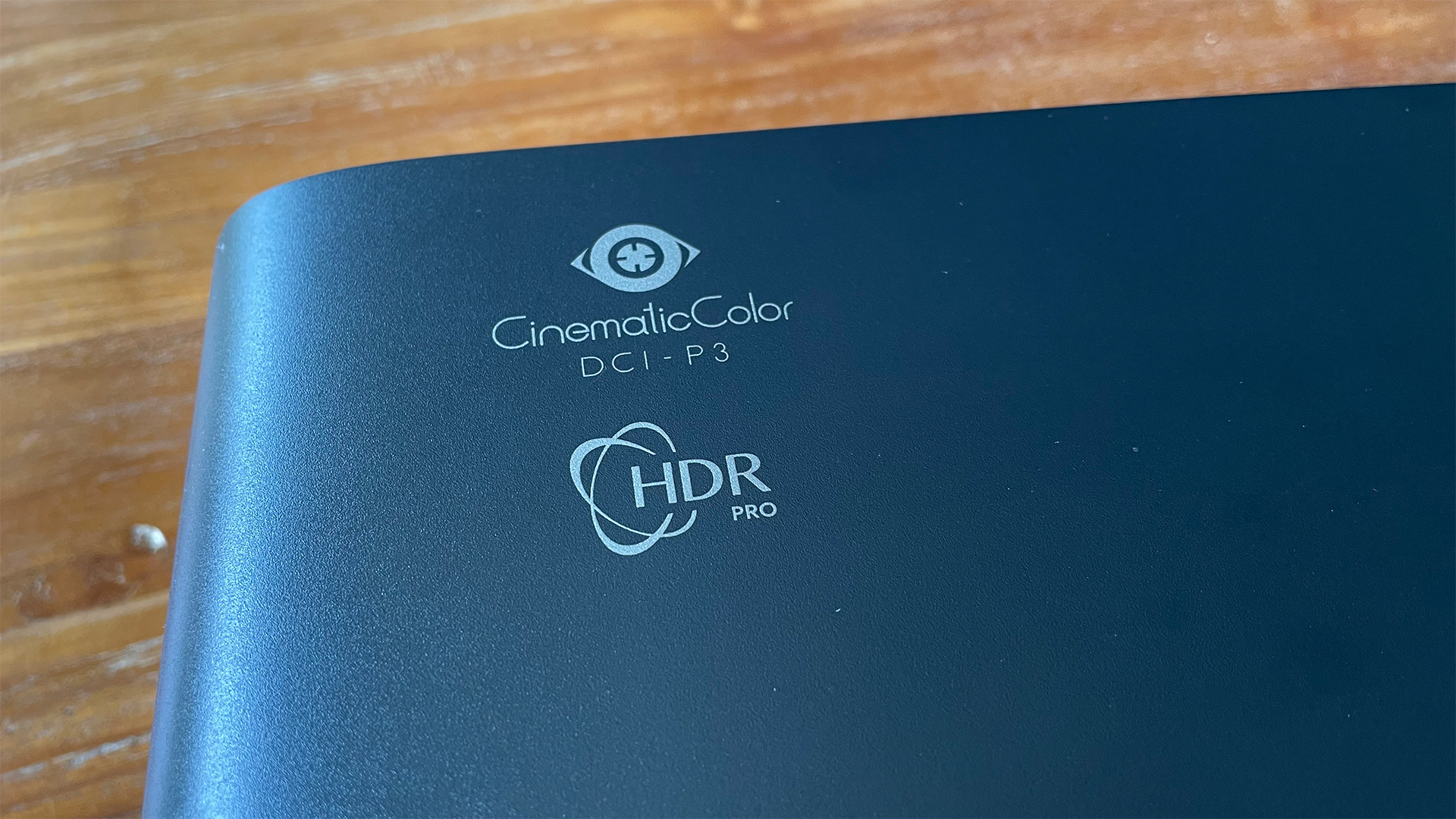
There are times – many of them – where the BenQ W4000i is a dazzlingly good picture performer. Its brightness, sharpness and, especially, wide colour capabilities take HDR to places projectors at this price are not supposed to go.
It’s a pity there’s a black level cost to all the grand spectacle, and frustrating that you can’t get the projector’s best contrast performance at the same time as its best colour performance. If brightness, colour and sharpness matter more to you than contrast, though, there’s nothing else that delivers those goodies better at this price.
SCORES
- Picture 4
- Sound 4
- Features 5
MORE:
Read our review of the Optoma UHZ50
Also consider the LG CineBeam HU715Q
Read our Epson EH-TW9400 review







